
In the concentrator, the spiral classifier machine often performs pre-classification and inspection classification in the grinding circuit, and can also be used for ore washing and desliming operations. It is widely used in major concentrators because of its simple structure, stable work, and convenient operation.
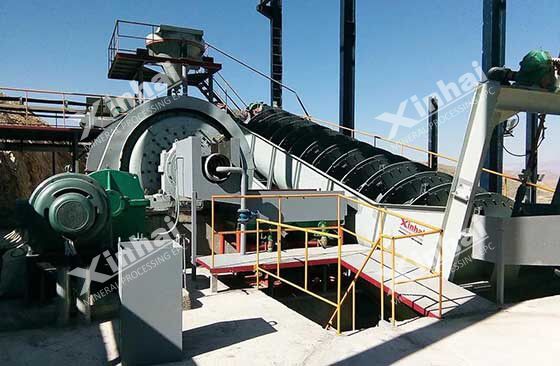
In production, many concentrators more or less encounter the problem that the classifying efficiency of spiral classifier machine decreases significantly, and the root cause of this problem lies in the settlement disorder of fine and heavy ore particles and coarse and light ore particles in the classification process, resulting in the phenomenon of equal drop, which makes the classifier sand settling a large number of fine and overflow run thick. So, how to effectively improve the classifying efficiency of the spiral classifier machine?
The rotation speed of the spiral should meet the requirements of transporting coarse particles settling. The faster the speed of the spiral shaft, the stronger the stirring effect of the pulp, the coarser particles entrap in the overflow product. In order to obtain coarse overflow and deal with the materials with high density and rapid settlement, the speed of the spiral can be appropriately increased, but not too large to avoid damaging the classification effect, which generally is controlled in the range of 1.5-10r/min.
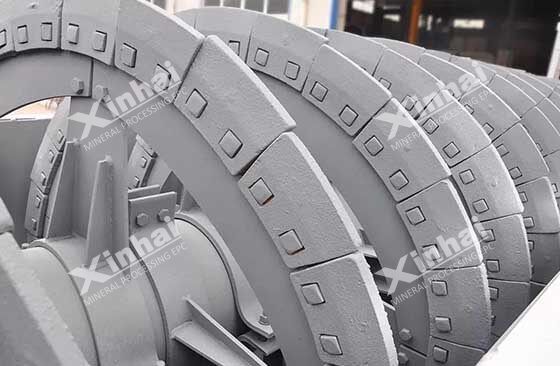
The spiral classifier used in the second stage grinding or grinding cycle should slow down the spiral speed as much as possible. The lower speed is generally used in the spiral classifier, especially for the large spiral classifier. For example, the spiral speed of the 2m diameter of the spiral classifier should not exceed 6r/min in order to obtain rough overflow, and the spiral speed of the 1m diameter of the spiral classifier is generally controlled in 2-8r/min.
The pulp viscosity decreases when the pulp concentration is small. Therefore, the sedimentation rate of ore particles is also accelerated, and the particle size of the overflow product is finer, while the overflow product is coarser.
However, when the pulp concentration decreases to a certain extent, the particle size of the overflow product will be coarser if the concentration continues to be decreased. This is because when the concentration is reduced a lot, the pulp volume (or pulp quantity) is also very large so that the pulp flow rate in the spiral classifier machine (ascending flow rate and horizontal flow rate) also increases. Therefore, the coarser ore particles are also washed into the overflow product, so the pulp concentration must be properly controlled according to the regulations.
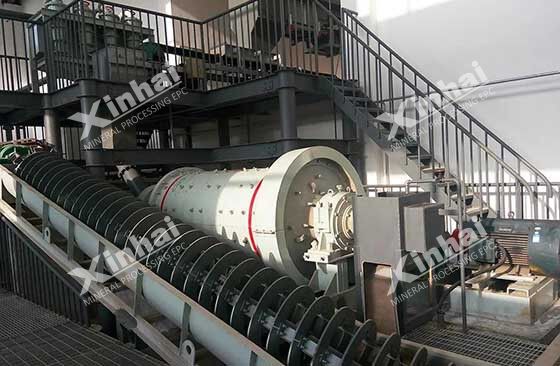
When there is more mud or fine grain in the classifying feed, the water can be added appropriately to reduce the pulp concentration and obtain the desired overflow fineness. When the mud content in the feed is small or has been deslimed, the pulp concentration should be appropriately increased to reduce the entrained excessive fine material in the sand return.
Adjusting the height of the overflow dam can change the size of the settlement area. When the overflow dam is raised, the settlement area of ore particles increases, and the volume of the classification area also increases. At the same time, due to the increase of the slurry surface, the stirring effect of the spiral on the slurry surface is also weakened, which can make the overflow fineness finer. On the contrary, when the overflow particle size is coarser, the height of the overflow dam should be reduced.
Generally, the overflow dam height of the spiral classifier is controlled within 400-800mm, while that of the submerged spiral classifier machine is generally between 930-2000mm.
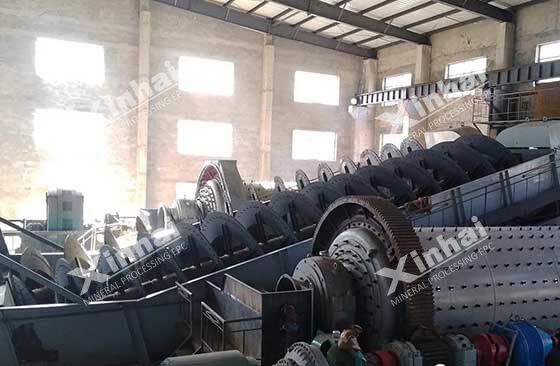
When the pulp concentration is constant, the flow rate of the pulp also increases if the amount of ore fed into the classifier increases, so that the particle size of the overflow product becomes coarser. The particle size of the overflow product becomes finer when the ore amount decreases, and the content of fine particles in sand return also increases. Therefore, the amount of ore should be appropriate and uniform, the smaller the fluctuation range, the better-classifying efficiency.
Change the traditional spiral classifier front row, and adopt the double-side ore drainage, which can shorten the movement path of ore particles in the spiral classifier, avoid the pulp backflow, and timely discharge the fine particles overflow, shorten the settlement time.
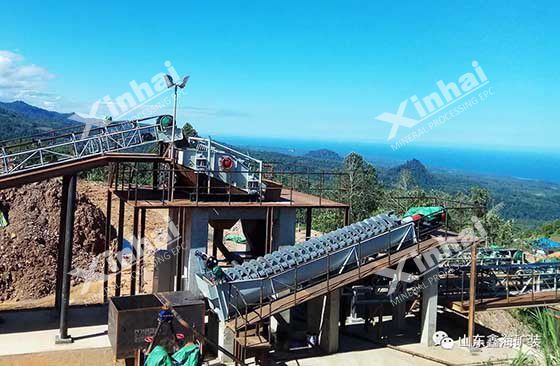
For the fine ore particles that have settled to the bottom of the tank, a stirring device can be added at the lower end of the spiral classifier, so the fine ore particles can be brought to the pulp surface again, and discharged with overflow, which reduces the fine sand settling and improves the efficiency. For example, the automatic sand return lifting device can be added to the sand return end of the spiral classifier, and the configuration of the big scoop head of the ball mill can be canceled, which greatly improves the classification efficiency of the spiral classifier machine.
Change the traditional gravity settlement classification, and add a new force field in the classification area. For example, the cylinder sieve can be added to the upper part of the classifier for secondary classification, which can improve the efficiency of the spiral classifier machine.

These are seven measures to improve the classifying efficiency of the spiral classifier machine. On the one hand, it is recommended to find professional equipment manufacturers for procurement, and operate it according to the technical parameters given by the manufacturers; On the other hand, the operators should improve their own operating skills, pay attention to every detail in the selection process, deal with all kinds of emergencies in time and ensure the smooth progress of classifying operations.
To find out more about our products and solutions, please fill out the form below and one of our experts will get back to you shortly.